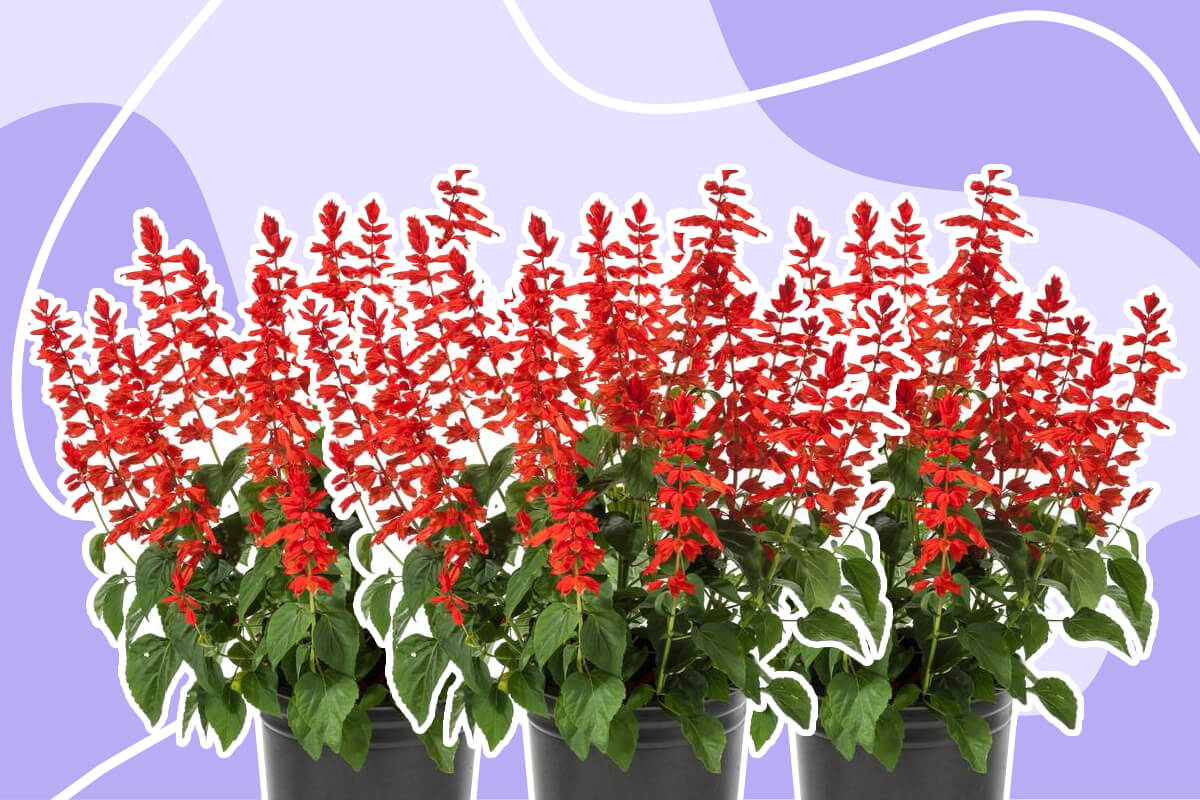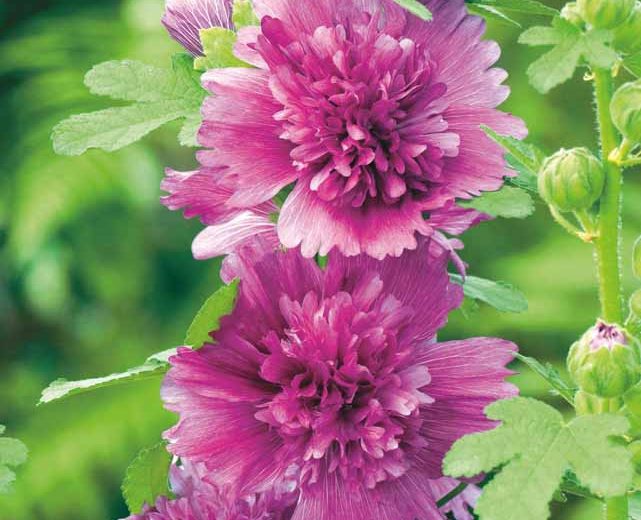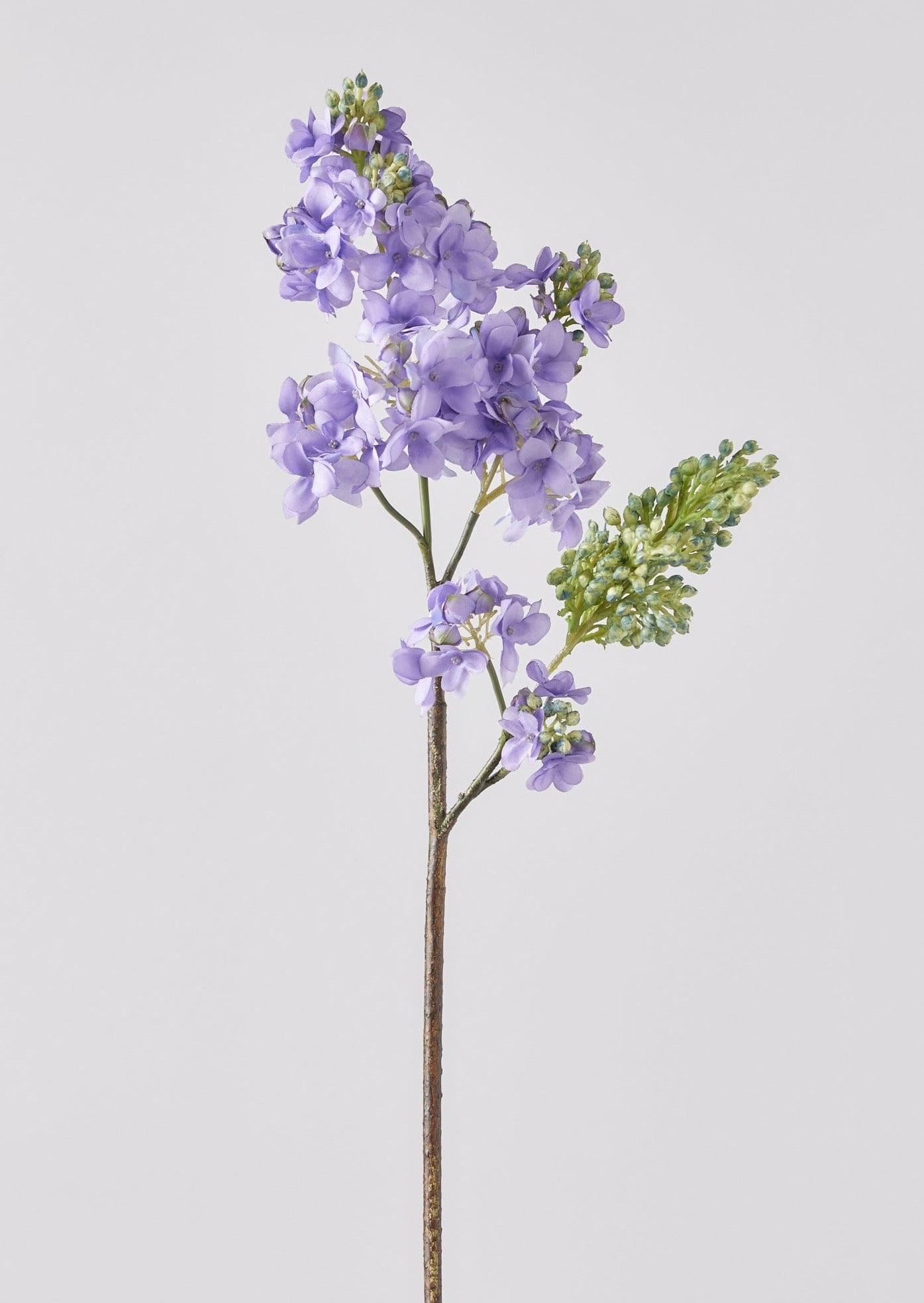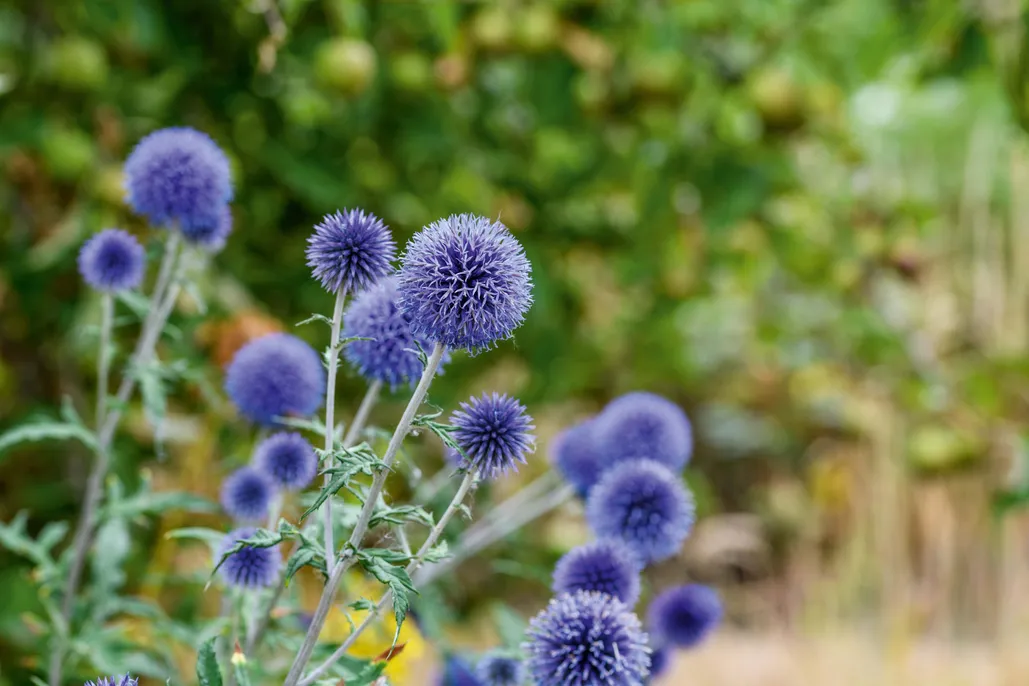Mendel’s experiments extended beyond the F 2 generation to the F 3 generation, F 4 generation, and so on, but it was the ratio of characteristics in the P, F 1, and F 2 generations that were the most intriguing and became the basis of Mendel’s postulates. Figure 8.3 Mendel’s process for performing crosses included examining flower color.
Silk Lilac Stem in Lavender | Purple Fake Spring Flowers | Afloral.com
In plants, violet flower color (V) is dominant over white (v). If p = 0.8 and q = 0.2 in a population of 500 plants, how many individuals would you expect to be homozygous dominant (VV), heterozygous (Vv), and homozygous recessive (vv)? How many plants would you expect to have violet flowers, and how many would have white flowers?

Source Image: petalrepublic.com
Download Image
Figure 18.3 In one of his experiments on inheritance patterns, Mendel crossed plants that were true-breeding for violet flower color with plants true-breeding for white flower color (the P generation). The resulting hybrids in the F1 generation all had violet flowers.

Source Image: chegg.com
Download Image
How to grow Echinops: planting and caring for globe thistles – Gardens Illustrated In the F 2 generation, approximately three quarters of the plants had violet flowers, and one quarter had white flowers … in a large population of F 2 offspring chosen at random, 75 percent were expected to have round seeds, whereas 25 percent were expected to have wrinkled seeds. Using large numbers of crosses, Mendel was able to calculate

Source Image: gardenersworld.com
Download Image
How Many Tall Plants With Violet Flowers Were Expected
In the F 2 generation, approximately three quarters of the plants had violet flowers, and one quarter had white flowers … in a large population of F 2 offspring chosen at random, 75 percent were expected to have round seeds, whereas 25 percent were expected to have wrinkled seeds. Using large numbers of crosses, Mendel was able to calculate This violet grows two to eight inches tall and forms small clumps. The flowers pleasantly nod off the stems, bobbing in light breezes, and are hardy to Zones 5-8. 35. Downy Yellow. A slightly hairy yellow beauty, ‘Downy Yellow’ (V. pubescens) grows nine to 12 inches tall and blooms in May and June.
20 Spectacular Salvias to Grow | BBC Gardeners World Magazine
Figure 12.3 In one of his experiments on inheritance patterns, Mendel crossed plants that were true-breeding for violet flower color with plants true-breeding for white flower color (the P generation). The resulting hybrids in the F 1 generation all had violet flowers. In the F 2 generation, approximately three quarters of the plants had violet flowers, and one quarter had white flowers. 39 Amazing Aquatic Flowers and Plants that Grow in Water – Petal Republic

Source Image: petalrepublic.com
Download Image
Alcea rosea ‘Spring Celebrities Purple’ (Hollyhock) Figure 12.3 In one of his experiments on inheritance patterns, Mendel crossed plants that were true-breeding for violet flower color with plants true-breeding for white flower color (the P generation). The resulting hybrids in the F 1 generation all had violet flowers. In the F 2 generation, approximately three quarters of the plants had violet flowers, and one quarter had white flowers.

Source Image: gardenia.net
Download Image
Silk Lilac Stem in Lavender | Purple Fake Spring Flowers | Afloral.com Mendel’s experiments extended beyond the F 2 generation to the F 3 generation, F 4 generation, and so on, but it was the ratio of characteristics in the P, F 1, and F 2 generations that were the most intriguing and became the basis of Mendel’s postulates. Figure 8.3 Mendel’s process for performing crosses included examining flower color.

Source Image: afloral.com
Download Image
How to grow Echinops: planting and caring for globe thistles – Gardens Illustrated Figure 18.3 In one of his experiments on inheritance patterns, Mendel crossed plants that were true-breeding for violet flower color with plants true-breeding for white flower color (the P generation). The resulting hybrids in the F1 generation all had violet flowers.

Source Image: gardensillustrated.com
Download Image
How to Grow and Care for Mexican Petunias (Ruellia Simplex) He allowed the F 1 plants to self-fertilize and found that 705 plants in the F 2 generation had violet flowers and 224 had white flowers. This was a ratio of 3.15 violet flowers to one white flower, or approximately 3:1. When Mendel transferred pollen from a plant with violet flowers to the stigma of a plant with white flowers and vice versa

Source Image: gardenerspath.com
Download Image
Solved Imagine that you attempted to recreate Mendel’s work | Chegg.com In the F 2 generation, approximately three quarters of the plants had violet flowers, and one quarter had white flowers … in a large population of F 2 offspring chosen at random, 75 percent were expected to have round seeds, whereas 25 percent were expected to have wrinkled seeds. Using large numbers of crosses, Mendel was able to calculate

Source Image: chegg.com
Download Image
Pink Obedient Plant, Physostegia virginiana | American Meadows This violet grows two to eight inches tall and forms small clumps. The flowers pleasantly nod off the stems, bobbing in light breezes, and are hardy to Zones 5-8. 35. Downy Yellow. A slightly hairy yellow beauty, ‘Downy Yellow’ (V. pubescens) grows nine to 12 inches tall and blooms in May and June.

Source Image: americanmeadows.com
Download Image
Alcea rosea ‘Spring Celebrities Purple’ (Hollyhock)
Pink Obedient Plant, Physostegia virginiana | American Meadows In plants, violet flower color (V) is dominant over white (v). If p = 0.8 and q = 0.2 in a population of 500 plants, how many individuals would you expect to be homozygous dominant (VV), heterozygous (Vv), and homozygous recessive (vv)? How many plants would you expect to have violet flowers, and how many would have white flowers?
How to grow Echinops: planting and caring for globe thistles – Gardens Illustrated Solved Imagine that you attempted to recreate Mendel’s work | Chegg.com He allowed the F 1 plants to self-fertilize and found that 705 plants in the F 2 generation had violet flowers and 224 had white flowers. This was a ratio of 3.15 violet flowers to one white flower, or approximately 3:1. When Mendel transferred pollen from a plant with violet flowers to the stigma of a plant with white flowers and vice versa